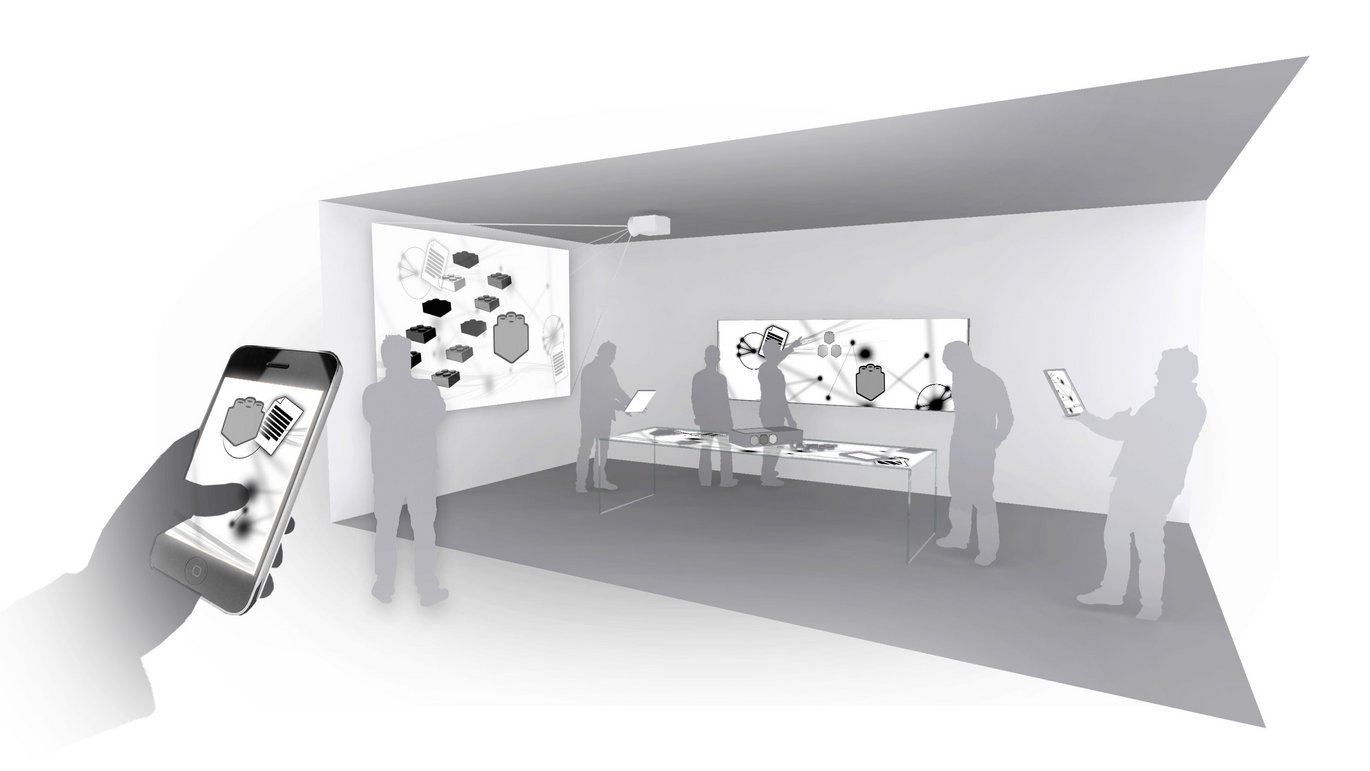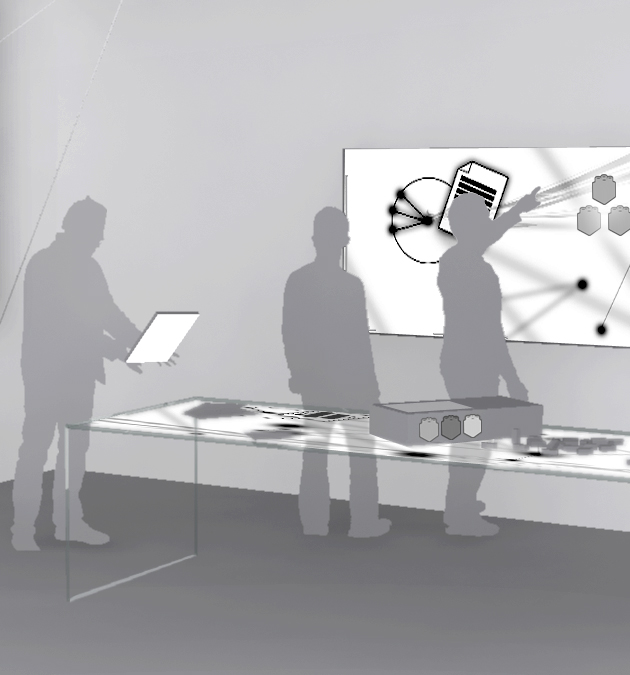CIBIS: Creativity in Blended Interaction Spaces
More and more forms of human activity involve digital devices such as cell phones, tablets, desktop computers. However, creative practice in the field of design and architecture still relies on analog materials, such pen and paper, Post-it® notes, and whiteboards. The CIBIS project builds and explores a blended interactive space that spans various digital devices and analog materials.


CIBIS is a project that develops and explores blended interaction spaces to support the creativity of high-school students.
Today, we use a variety of digital devices, such as smartphones, tablets, laptops, and smart boards especially in creative work. These devices are often used individually, and rarely combined with the use of analog materials such as Post-it® notes, pen and paper, and whiteboards. In contrast, the CIBIS project builds a blended interactive space that spans various devices and analog materials.
The CIBIS project aims to demonstrate the potential for integrating multiple digital devices and analog materials in a shared environment, to support individual and collaborative creativity. The project also seeks to develop the theoretical foundation for the study of constraints on creativity, design ideas, generative design materials, and creative methods used in design processes.
CIBIS is an interdisciplinary collaboration among researchers from the computer sciences, interaction design, and creativity studies. LEGO and Designit are the two industry partners in this research project, collaborating with three high schools, and the Academy for Talented Youth. International partners include Université Paris-Sud, City University, London, and Technische Universiteit, Eindhoven.
The CIBIS project is supported by The Danish Council for Strategic Research, and runs for four years, starting in June 2014.
Read more about the project here.
